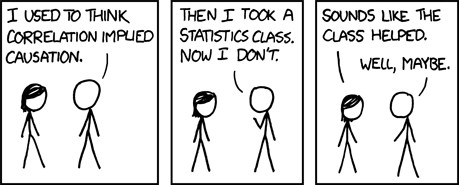So I’ve taken to working a lot in cafes nowadays. This is driven by both demand and supply. On the one hand I’ve gotten so used to working for my current primary client from home that I’m unable to think about other work when I’m at home – so stepping away helps.
Also on the demand side is the fact that this summer has been incredibly hot in London – houses here are built to trap in the heat, and any temperature greater than 25 degrees can become intolerable indoors. And given that cafes are largely air-conditioned, that’s an additional reason to step away from home to work.
On the supply side, there are three excellent hipster cafes within 200 meters of my house. Yes, I live in a suburb, though my house is very close to the suburb’s “town centre”. And all all these cafes make brilliant coffee, and provide a really nice ambience to work.
So far I’ve discovered that two of these cafes offer loyalty cards, and given my usage, neither makes a compelling reason to be loyal enough. The “problem” (in terms of retaining my loyalty) is that the loyalty card at both these places offer “linear rewards”.
Harris+Hoole has an app, which offers me a free drink for every six drinks purchased. Electric Coffee has a physical card, which offers me a free drink for every ten drinks I purchase. Now, the rate of reward here (I’m writing this sitting in Electric) is lower, which suggests that I’m better off patronising Harris+Hoole, but some variety doesn’t hurt – also I’m queasy about ending up and parking in the same cafe more than once in a day.
Even when I was writing my book in Barcelona two years ago, I would never go to the same cafe more than once a day, alternating between Sandwichez, Desitjos and this bar whose name I could never figure out.
Ordinarily, if I were a low intensity user, one drink for every N drinks ($math 6 \le N \le 10 $) would have been a sufficient reason to be loyal. Given my rate of consumption, though, and the fact that I go to both these cafes rather often, the incremental benefit in staying loyal to one of these cafes is fairly low. I can peacefully alternate knowing that sooner or later the accumulated ticks on my card or app are going to provide their reward.
It wasn’t like this last year, when I was briefly working for a company in London. Being extremely strapped for time then, I hardly patronised the cafes near home, and so the fact that I had an Electric card meant that I stayed loyal to it for an extended period of time. At my higher level of usage, though, the card simply is not enough!
In other words, rewards to a loyalty program need to be super-linear in order to retain a customer beyond a point. The current linear design can help drive loyalty among irregular customers, but regulars get indifferent. Making the regulars really loyal will require a higher degree (no pun intended ) of rewards.
PS: Given the amount of real estate hours I occupy for every coffee I buy, I’m not sure these cafes have that much of an incentive in keeping me loyal. That said, I occasionally reward them by buying lunch/snacks or even a second coffee on some visits.
PS2: As a consumer, loyalty card versus app doesn’t make that much of a difference – one clutters the wallet while the other clutters the phone (I don’t like to have that many apps). A business, though, should prefer the app, since that will allow them to know customers better. But there’s a higher fixed cost involved in that!


